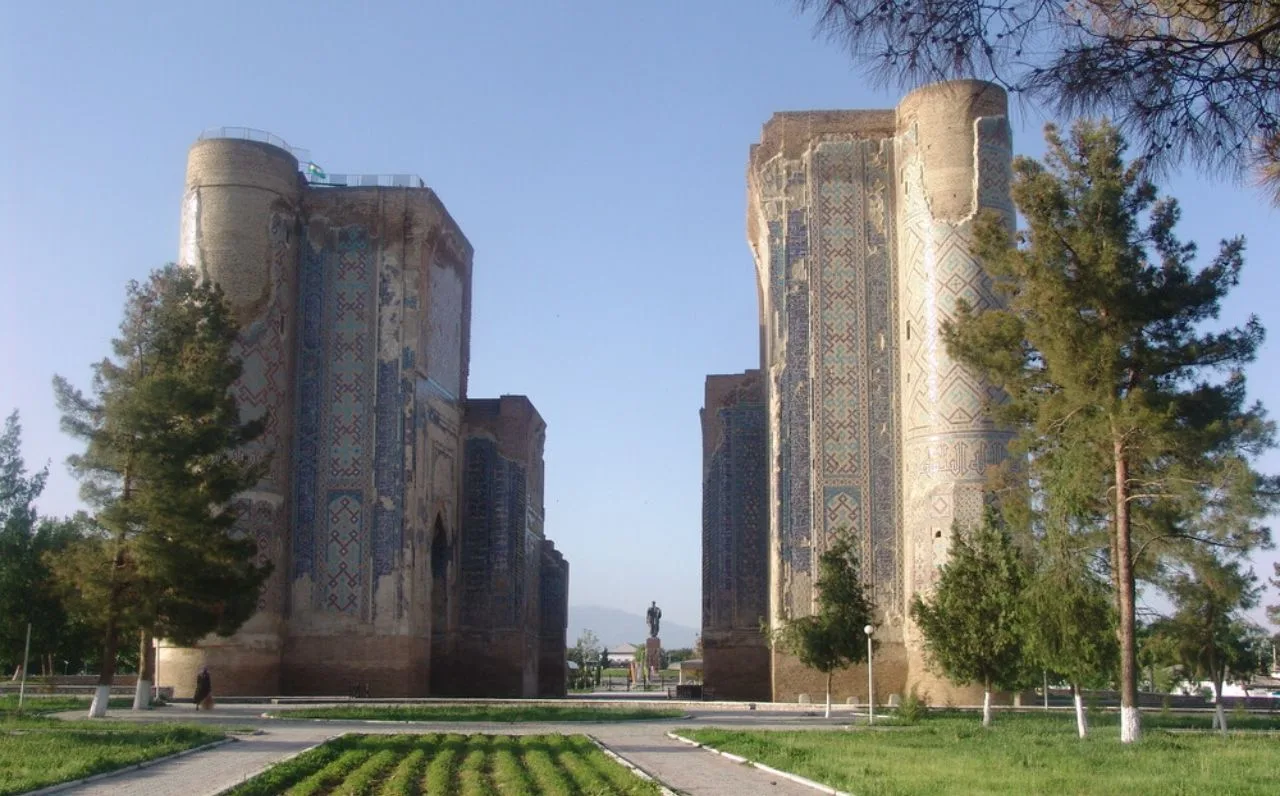Asia is home to 268 UNESCO World Heritage Sites, more than any other region in the world. However, 22 of these cultural and natural sites are currently listed as endangered. The dangers facing these sites vary, from armed conflict and environmental degradation to inadequate conservation efforts.
UNESCO’s World Heritage Committee uses a rigorous process to determine which sites warrant inclusion on the List of World Heritage in Danger, offering an opportunity for both international attention and emergency preservation funding.
Criteria for Inscription on the List of World Heritage in Danger
Under the 1972 World Heritage Convention, cultural and natural sites can be listed as endangered based on two types of threats:
Cultural Sites
Ascertained Danger: This includes specific and proven dangers such as the deterioration of structures, historical authenticity, or urban planning coherence.
Potential Danger: These are more abstract threats, such as changes in legal protection status, a lack of conservation policies, or threats from regional planning or armed conflict.
Natural Sites
Ascertained Danger: Immediate threats to natural sites include the decline of endangered species populations, destruction of natural beauty, or human encroachment.
Potential Danger: Risks include inadequate legal protections, resettlement or development projects, and the impacts of climate change or geological factors.
Endangered World Heritage Sites
Afghanistan
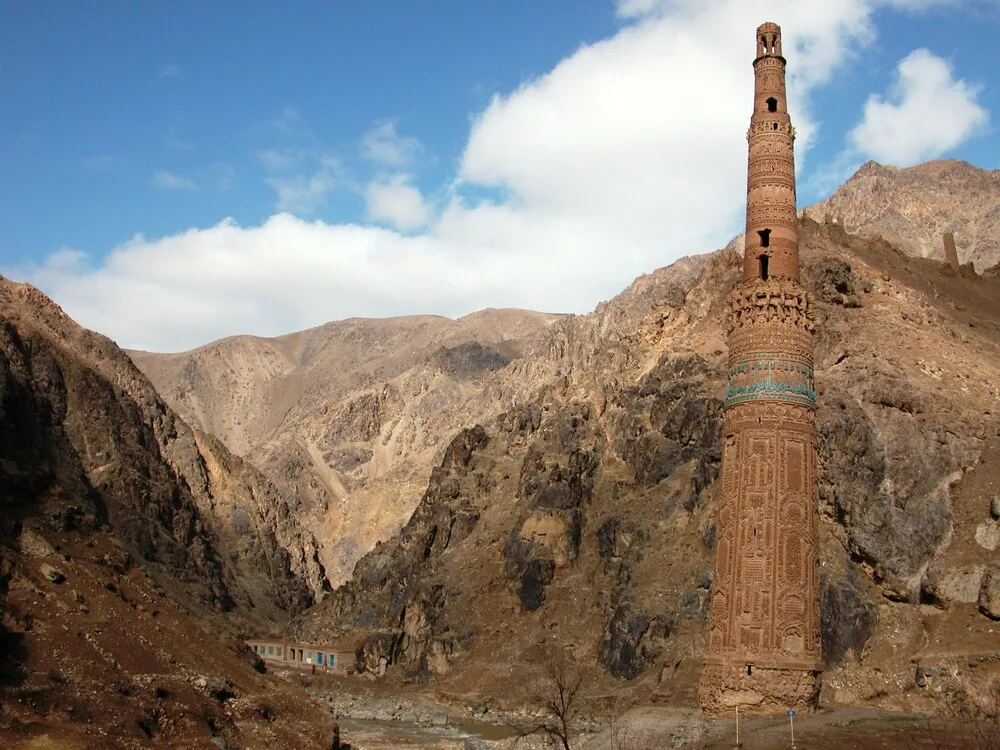
Cultural Landscape and Archaeological Remains of the Bamiyan Valley: Known for its Buddhist art and the tragic destruction of the Buddha statues by the Taliban, the site faces threats due to insufficient conservation efforts.
Minaret and Archaeological Remains of Jam: The 65m-tall Minaret of Jam is a graceful, soaring structure, dating back to the 12th century. This site suffers from neglect and requires urgent preservation efforts.
Indonesia
Tropical Rainforest Heritage of Sumatra: This site includes three national parks: Gunung Leuser National Park, Kerinci Seblat National Park and Bukit Barisan Selatan National Park. It is home to unique biodiversity and is under threat from deforestation and infrastructure projects.
Iraq
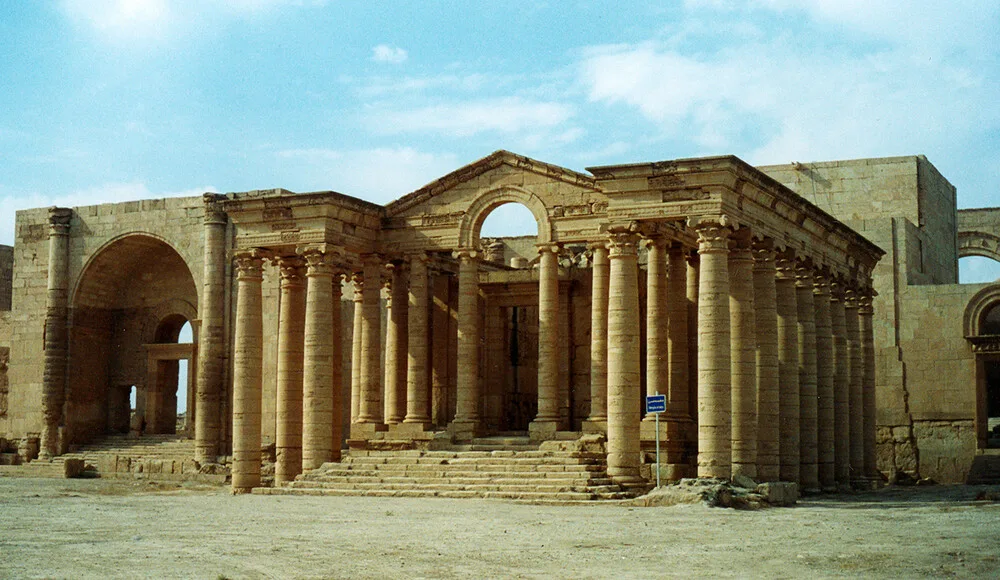
Ashur (Qal’at Sherqat): It was the first capital of the Assyrian Empire, it served as an important trading centre as well as the religious capital of the Assyrians, associated with the god Ashur. This ancient Assyrian city faces erosion and lacks consistent preservation efforts.
Hatra: A fortified city blending Hellenistic and Roman architecture with Eastern decorative elements. The city was damaged by armed groups leading it to be inscribed on the danger list in 2015.
Samarra Archaeological City: The city was an Islamic capital with a rich architectural heritage. It is a testament to the development of architectural and artistic innovations and their spread to the Islamic world and beyond. It is on the endangered list due to the ongoing conflict.
Israel
Old City of Jerusalem and its Walls: A sacred site for all Abrahamic religions; Judaism, Christianity, and Islam, threatened by both political tensions and physical decay.
Lebanon

Rachid Karami International Fair: Designed by Oscar Niemeyer. It is a 70-hectare site near the historic city of Tripoli. The flagship project is an ode to Lebanon’s modernisation policy in the 1960s. Today, it faces conservation challenges due to financial and developmental issues.
Palestine
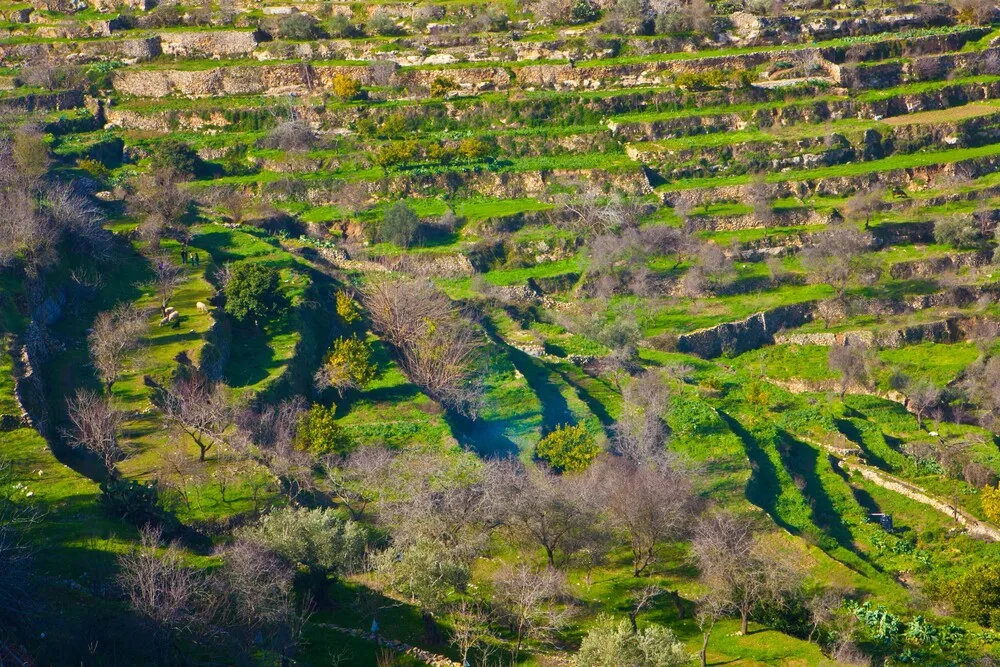
Hebron/Al-Khalil Old Town: The site dates back to the 1st century CE. It is a pilgrimage site for the followers of Judaism, Christianity, and Islam. It is endangered due to political conflict.
Land of Olives and Vines, Battir Hill: A landscape of ancient stone terraces, that comprises a series of farmed valleys, known as widian. It is threatened by construction projects.
Saint Hilarion Monastery: One of the oldest monastic sites in the Middle East, dating back to the 4th century. The site is under threat due to the political conflict.
Syria
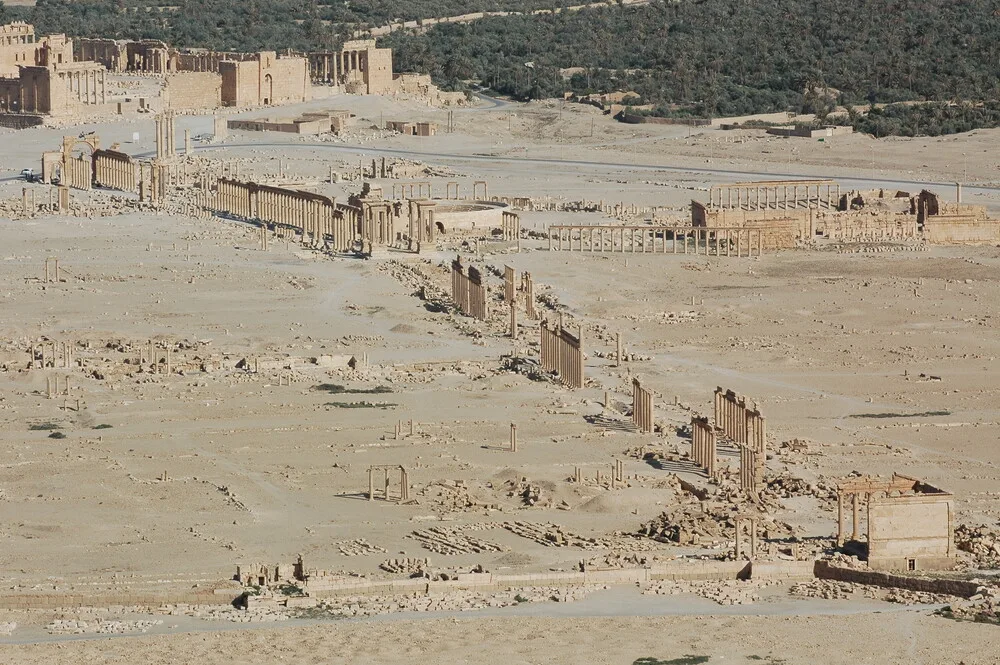
Ancient Cities of Aleppo, Bosra, and Damascus: These cities are rich in history from various ancient civilisations. They face damage from ongoing conflict and lack of conservation resources.
Crac des Chevaliers and Qal’at Salah El-Din: Crusader-era castles threatened by regional instability.
Site of Palmyra: It contains the monumental ruins of a great city that was one of the most important cultural centres of the ancient world. Palmyra has been extensively damaged by armed conflict.
Ancient Villages of Northern Syria: These are a group of 40 villages in eight parks situated in north-western Syria that provide remarkable testimony to rural life in late Antiquity and during the Byzantine period. This site is also endangered due to a lack of conservation efforts and regional conflict.
Uzbekistan
Historic Centre of Shakhrisyabz: It is a collection of exceptional monuments and ancient quarters which bear witness to the city’s secular development under the Temurid dynasty. The overdevelopment of tourism infrastructure threatens this site.
Yemen
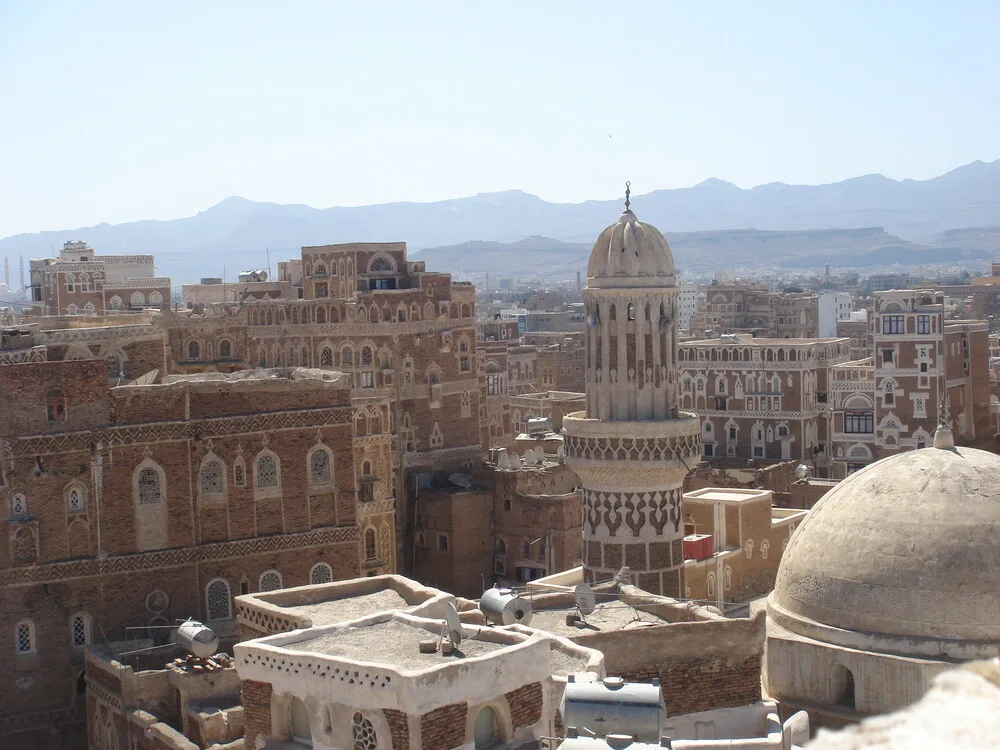
Historic Town of Zabid: Lacking adequate conservation funding, this former capital of Yemen is at risk of further deterioration.
Old City of Sana’a and Shibam: These ancient cities, with their unique architecture, have been severely damaged during the ongoing conflict in Yemen.
Landmarks of the Ancient Kingdom of Saba: Suffering from the impacts of conflict, this site bears testimony to the technological achievements of the Sabaean civilisation.
Importance of the Danger List
When a World Heritage site is placed on UNESCO’s List of World Heritage in Danger, it serves not only as an urgent call for preservation but also as a means to mobilise global resources. The listing alerts the international community, inviting cooperative efforts to protect these sites from further deterioration. It also allows for immediate financial and technical assistance through the World Heritage Fund.
The mere prospect of an inscription on this list can often incite swift action from national and local authorities to address preservation needs, making it an invaluable tool in the ongoing effort to safeguard the world’s most irreplaceable cultural and natural treasures.
The World Heritage Sites of Asia represent some of humanity’s most valuable cultural and natural legacies. Their preservation is vital for future generations. The inclusion of these sites on the UNESCO List of World Heritage in Danger offers hope, drawing attention to their plight and ensuring that steps are taken to preserve them for the future.
